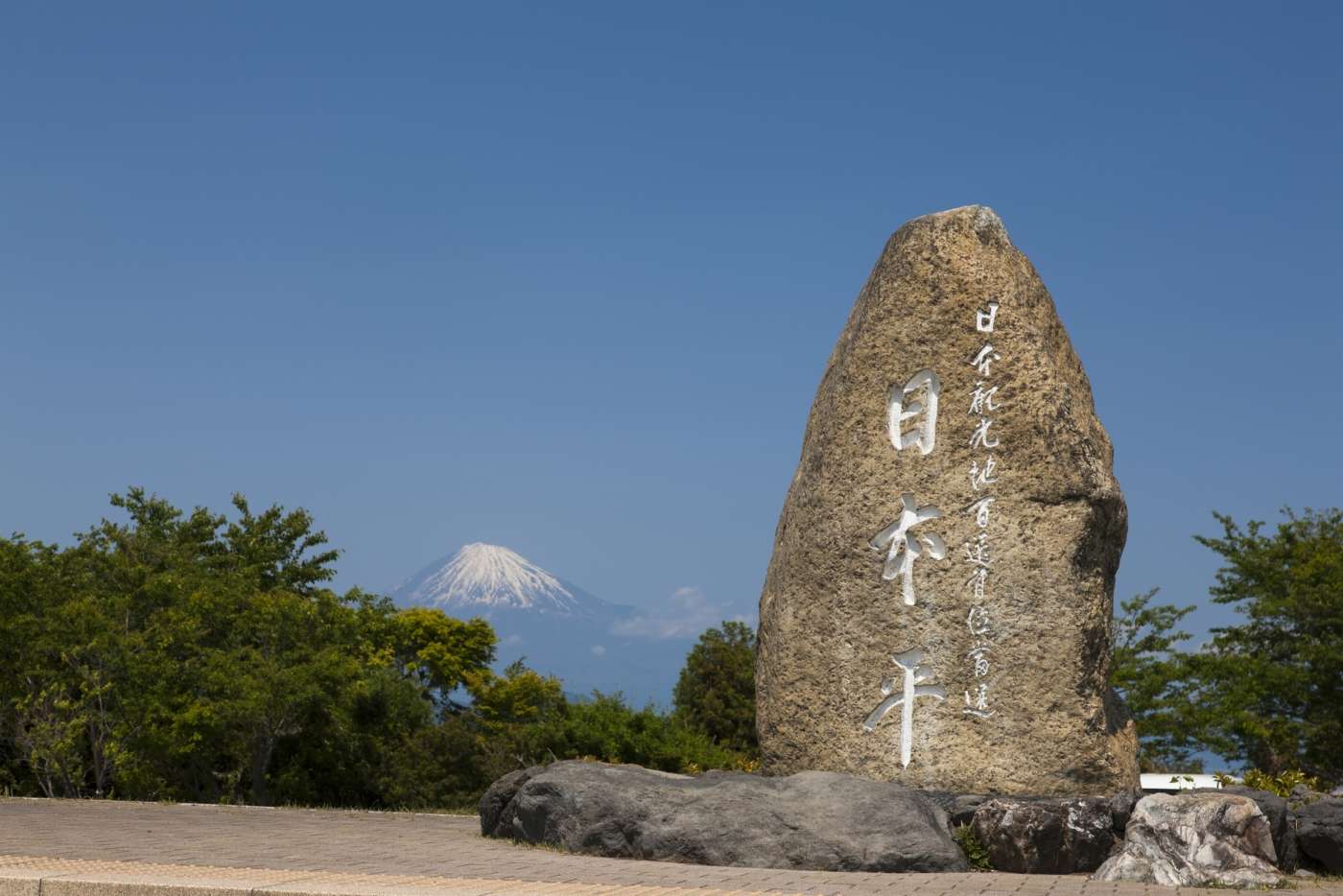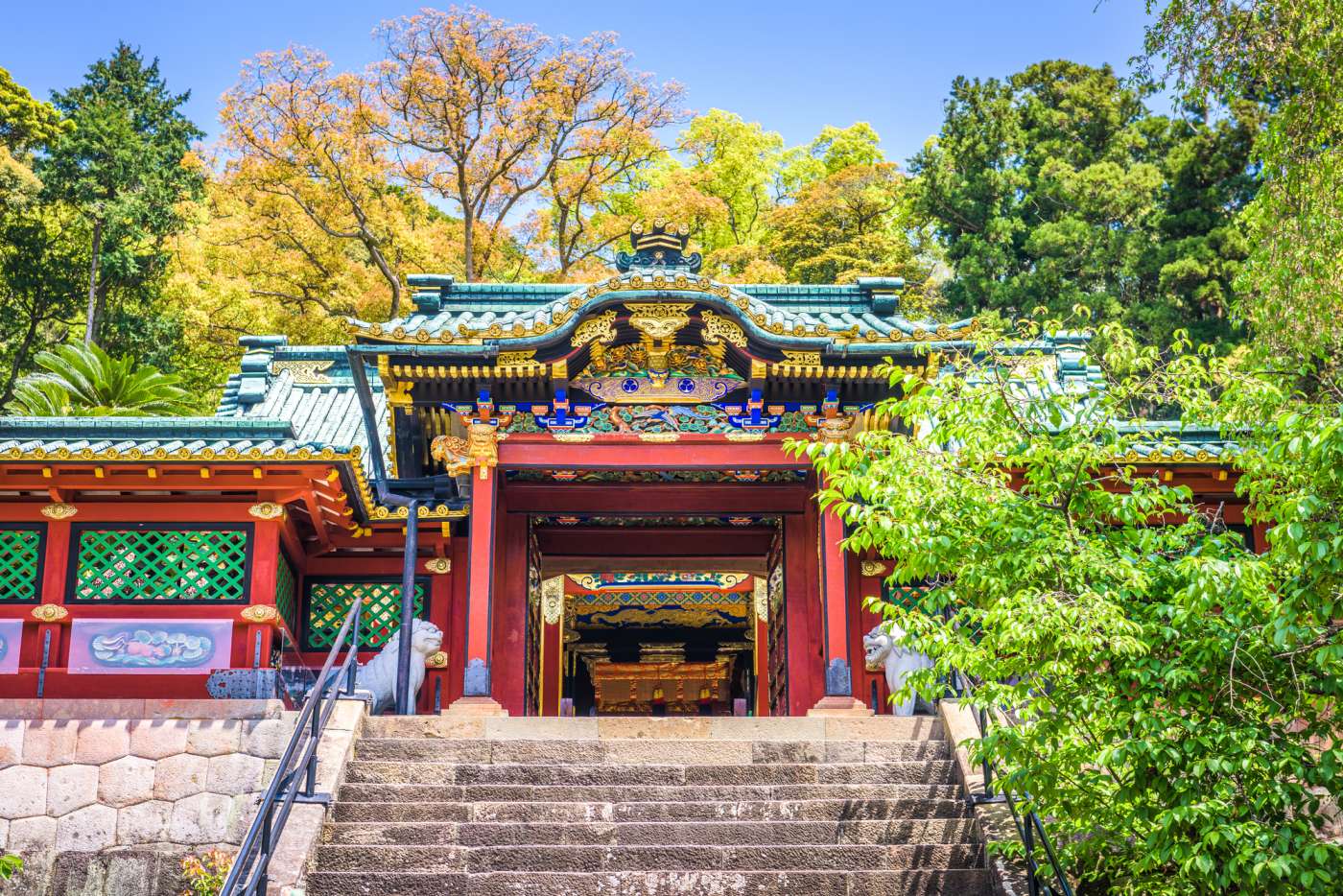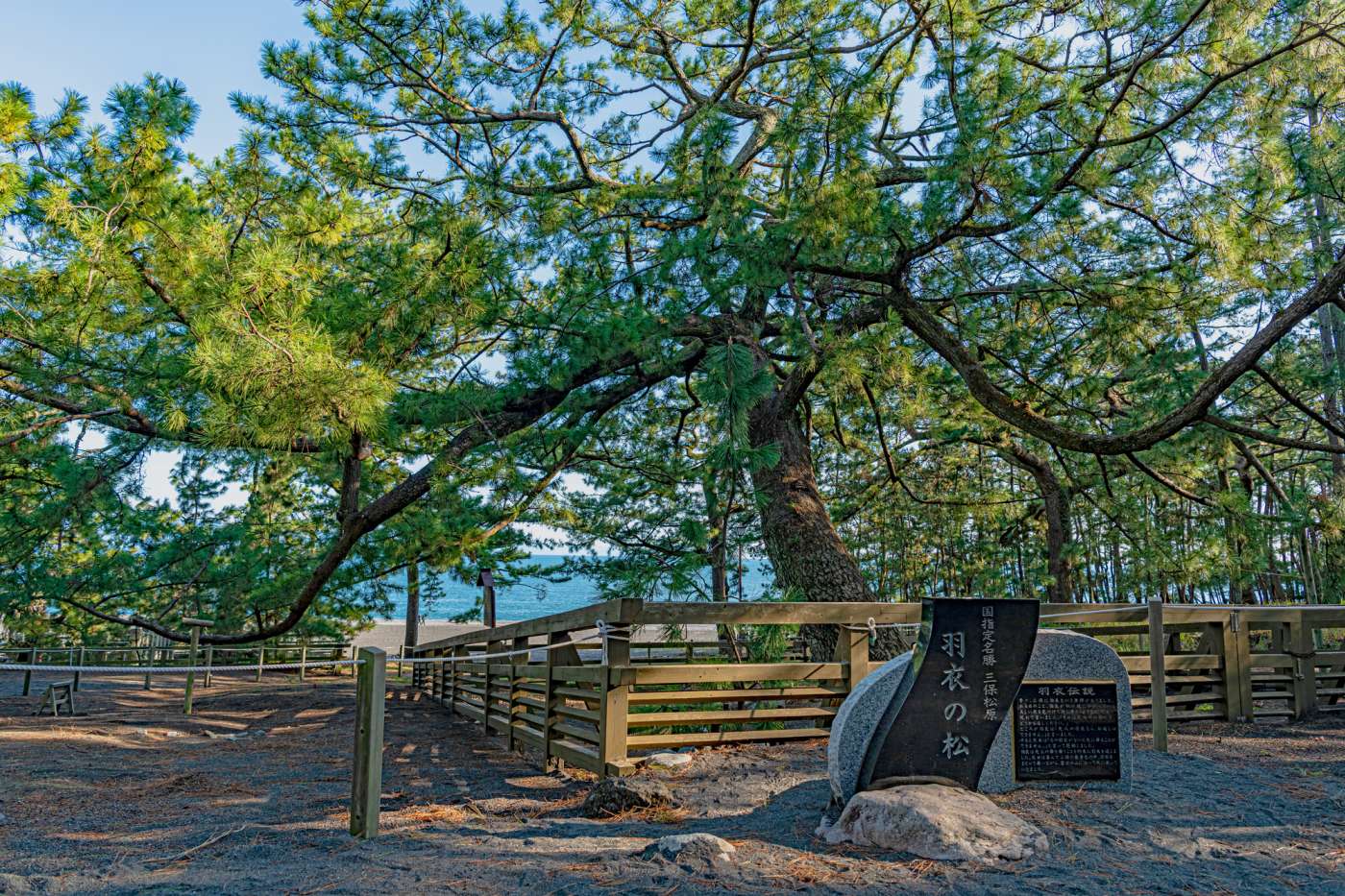
There are many places in Japan with great views of Mt. Fuji, but which is the best in Shizuoka Prefecture? Perhaps it’s Nihondaira or the newly built Yume Terrace? Then again, maybe it’s from the ropeway, or even Miho-no-Matsubara’s pine tree beach? The best way to settle the debate – you’ll have to go see for yourself!
Discover the hidden charm of Shizuoka
Almost everyone has heard of Mt. Fuji, Japan’s tallest mountain and an active stratovolcano. The mountain of legend straddles Yamanashi and Shizuoka prefectures. In Shizuoka, many locations boast the best views of Mt. Fuji, a cornerstone of Japanese cultural identity.
Yet Shizuoka is almost equally renowned for its legendary green tea. Boasting a significant 40% of Japan’s total green tea production, Shizuoka holds a pivotal role in the country’s tea industry. Thanks to its favorable climate, many other agricultural products thrive here, including strawberries, mandarin oranges, melons, wasabi and roses. Shizuoka is also famous for pleasant and lengthy coastal walking trails.

Shizuoka tea fields are one of many gorgeous vantage points to take in Mt. Fuji.
Panoramic views and autumnal splendor at Nihondaira
Located in Shizuoka city, Nihondaira is a famous location for visitors to soak in the beauty of Mt. Fuji. The area also provides views of Shizuoka’s renowned tea fields, the Izu Peninsula, the Japanese Southern Alps, Shimizu Port and Suruga Bay – the deepest bay in Japan.

Mt. Fuji can be seen in the distance at Nihondaira’s lookout point.
Today, there are new Shizuoka views available with the completion of the Nihondaira Yume Terrace. Constructed with local timber from Shizuoka, the 360-degree observatory constructed by Kengo Kuma & Associates offers incomparable views of Mt. Fuji. The first floor hosts an exhibition showcasing the history and culture of Nihondaira, while the lounge on the second floor offers refreshments including seasonal teas and sweets.

Nihondaira Yume Terrace offers simply stunning 360-degree views.
Photo Credit: Nihondaira Yume Terrace
Explore Nihondaira Ropeway and Kunozan Toshogu Shrine
A short walk from the terrace brings visitors to Nihondaira Ropeway, which has been in operation since 1957. You can expect spectacular views all year round, but the autumn foliage is truly breathtaking. Visitors looking for a good workout can tackle the hike up a stone stairway of 1,159 steps up the mountainside.

Take the Nihondaira Ropeway in autumn and take in spectacular foliage.
Located nearby, Kunozan Toshogu Shrine is home to many eye-catching, vivid red buildings, including the Romon Gate, the Drum Tower and the Kagura Stage. The grave of Tokugawa Ieyasu, one of the Great Unifiers of Japan, and a museum exhibiting a collection of his former belongings can also be found here.

The vivid, striking buildings at Kunozan Toshogu Shrine can’t be missed.
Kunozan Toshogu Shrine also continues to honor heritage through annual rituals that celebrate the legacy of leaders such as Tokugawa Ieyasu. In fact, this was the first such “Toshogu” shrine dedicated to a famous historical individual, giving rise to the many others now found across Japan today.
Coastal scenery and breathtaking pine groves at Miho-no-Matsubara
South of Nihondaira lies Miho-no-Matsubara, one of Japan’s renowned spiritual power spots and home to famous coastal walks. Stretching over seven kilometers, this picturesque beach is home to thousands of pine trees. Legend states that one notable “Hagoromo-no-Matsu” tree is where a fisherman once found the Hagoromo (feathered robe) of a celestial dancer. This tale is also depicted in a famous Noh play performed annually in October (the second Saturday and Sunday) during Shizuoka’s Hagoromo Festival.

A celestial deity is said to have laid its feathered robe here, at Hagoromo-no-Matsu.
Miho-no-Matsubara pine grove has been selected as one of 25 locations in the collective Mt. Fuji World Heritage Site spanning Shizuoka and Yamanashi prefectures. These locations are chosen for how they offer a unique imprint of Mt. Fuji’s profound peak. With its abundant pine trees, black sand beach, deep blue waters and majestic views Mt. Fuji in the distance, it’s easy to see why this sublime coastal pine grove is included.

The pine trees at Miho-no-Matsubara further enhance Mt. Fuji photo ops.
The cultural significance of Shizuoka
Shizuoka has had a profound effect on the art world, and many artists have endeavored to recreate the beauty of Mt. Fuji across generations and styles. Among the most notable are the woodblock prints created by Edo-era masters like Katsushika Hokusai and Utagawa Hiroshige.

Captivating Mt. Fuji, with a picturesque cityscape sprawling in the foreground.
Although sometimes overlooked, a visit to Shizuoka – home of Mt. Fuji and so much more – provides visitors with a new cultural and historical perspective on Japan. Come for the views and learn to understand why Shizuoka is such an unforgettable place.
-
About the author
Author: Ashleigh Leyshon
Profile: A world traveler, Ashleigh has lived and worked across the globe including Australia, Ukraine, the UK and Japan. She’s always keen to go on new adventures, often with her cat Sova in tow.





















































